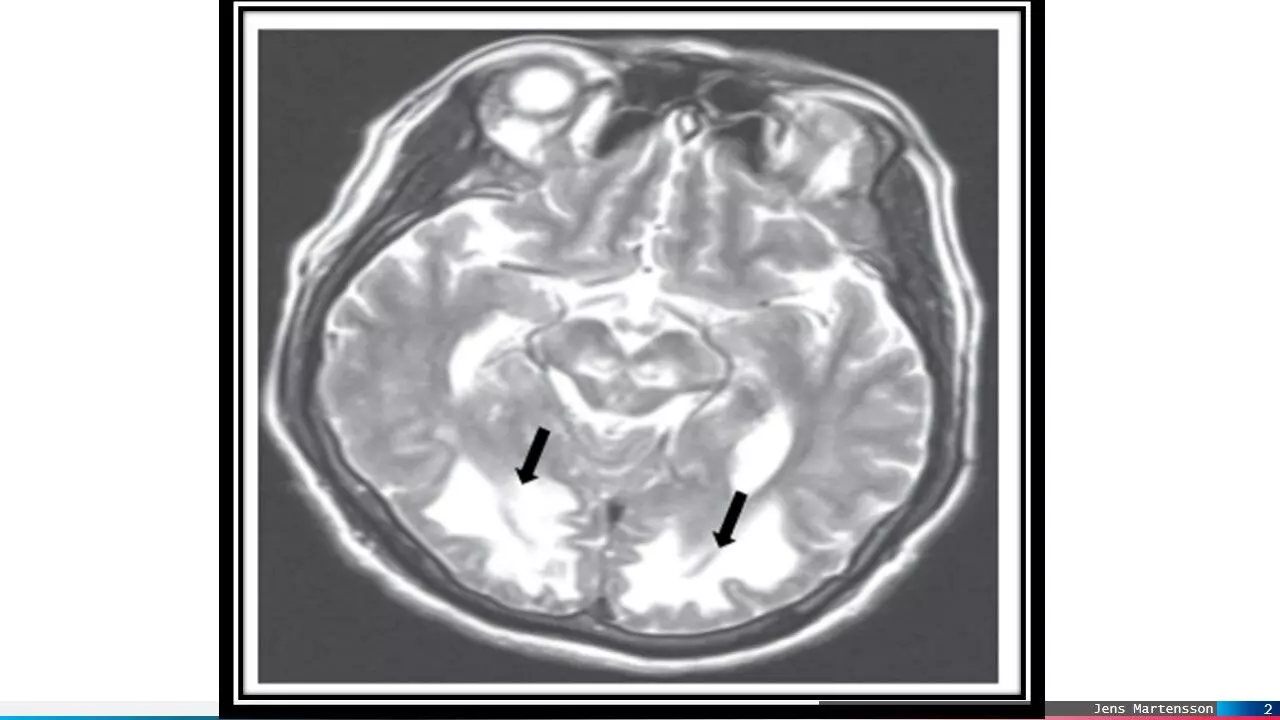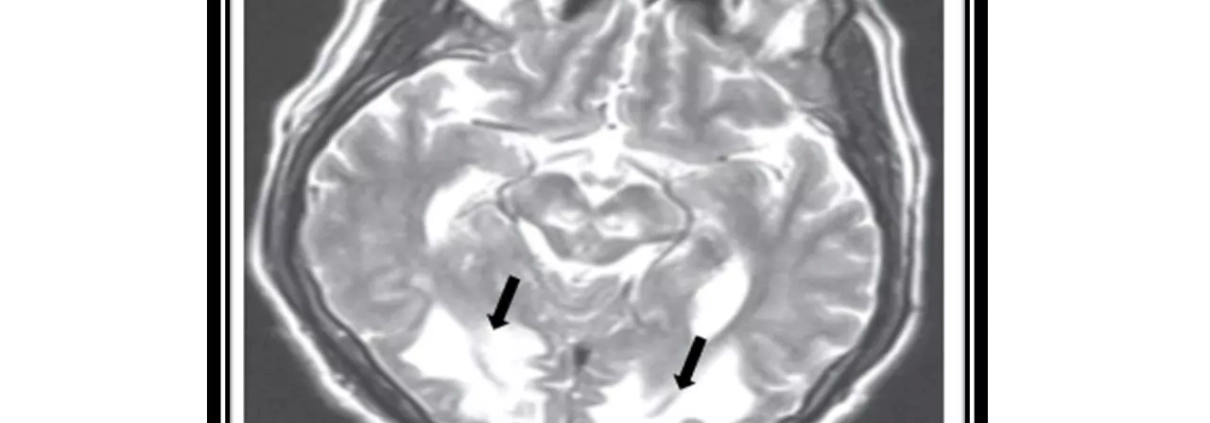How Repetitive Head injury leads to dementia in Football Players, reveals MRI study

In a groundbreaking study conducted between April 2021 and October 2022, researchers have uncovered alarming connections between repetitive head impacts (RHIs) in American football and an increased burden of white matter hyperintensity (WMH). They found that Fluid-attenuated inversion recovery (FLAIR) WMH in RHI-exposed individuals exhibits distinct risk factors and underlying pathologies when compared with asymptomatic unexposed men.
The study results were published in the journalNeurology.
Recent findings connect repetitive head impacts (RHIs) in American football to heightened white matter hyperintensity (WMH) burden. WMH may exhibit distinctive features in the context of RHI, extending beyond vascular risk and typical aging processes. Hence researchers conducted a study to assess the impact of repeated head injuries using encompassed biological markers like amyloid, tau, inflammation, axonal injury, neurodegeneration, and vascular health in former American football players.
Participants, as part of the Diagnostics, Imaging, and Genetics Network for the Objective Study and Evaluation of Chronic Traumatic Encephalopathy Research Project, underwent clinical interviews, MRI scans, and lumbar punctures. Structural equation modeling assessed both direct and indirect effects between log-transformed total fluid-attenuated inversion recovery (FLAIR) lesion volumes (TLV) and various factors, including the revised Framingham stroke risk profile (rFSRP), MRI-derived metrics of cortical thickness and fractional anisotropy (FA), and cerebrospinal fluid (CSF) levels of amyloid β1–42, p-tau181, soluble triggering receptor expressed on myeloid cells 2 (sTREM2), and neurofilament light. Covariates considered in the analysis included age, race, education, body mass index, APOE ε4 carrier status, and evaluation site. Separate models were conducted for former football players and a control group of asymptomatic men not exposed to repetitive head impacts (RHI).
Findings:
- In a cohort of 180 former football players (mean age = 57.2, 36% Black), elevated log-transformed total fluid-attenuated inversion recovery (FLAIR) lesion volumes (TLV) were directly linked to several factors.
- These included a higher revised Framingham stroke risk profile (rFSRP) score (B = 0.26, 95% CI 0.07–0.40), increased p-tau181 (B = 0.17, 95% CI 0.01–0.43), diminished fractional anisotropy (FA) (B = −0.28, 95% CI −0.42 to −0.13), and reduced cortical thickness (B = −0.25, 95% CI −0.45 to −0.08).
- Conversely, in a group of 60 asymptomatic unexposed men (mean age = 59.3, 40% Black), no direct effects on log(TLV) were observed.
- This was evident in the negligible impact on rFSRP (B = −0.03, 95% CI −0.48 to 0.57), p-tau181 (B = −0.30, 95% CI −1.14 to 0.37), FA (B = −0.07, 95% CI −0.48 to 0.42), and cortical thickness (B = −0.28, 95% CI −0.64 to 0.10).
- Comparatively, former football players exhibited notably stronger associations between log(TLV) and rFSRP (1,069% difference in estimates), p-tau181 (158%), and FA (287%) when contrasted with the unexposed men.
- These findings underscore the distinct impact of repetitive head impacts in former football players, revealing significant correlations with various neurological markers compared to individuals without a history of such exposure.
Risk factors and the biological relationships with white matter hyperintensity (WMH) vary significantly between former American football players and asymptomatic individuals without exposure to repetitive head impacts (RHI). Apart from considering vascular health, the former football players demonstrated more robust associations between WMH and factors like p-tau181 and diffusion tensor imaging indices, indicating a more profound connection to white matter integrity. These results suggest that fluid-attenuated inversion recovery (FLAIR) WMH in those exposed to repetitive head impacts may have unique risk factors and distinct underlying pathological mechanisms.
Further reading: Association of Vascular Risk Factors and CSF and Imaging Biomarkers With White Matter Hyperintensities in Former American Football Players. doi: https://doi.org/10.1212/WNL.00000000002080





